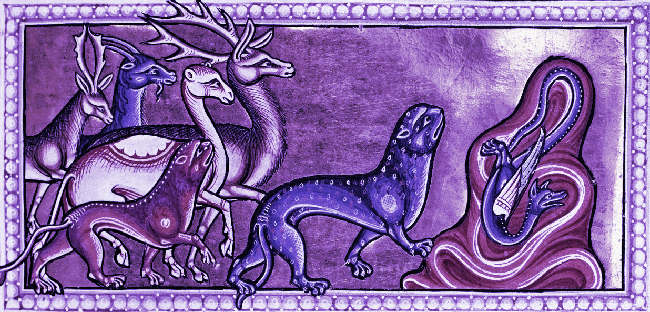
When creating fauna for a world, it helps to consider what sort of relationship it will have with the people in it. It is easy to default to making direct threats, focus on predators and essentially reducing the animal to an RPG-enemy. To counteract this, I've compiled a list of possible interactions to consider. These are divided into four groups:
1. Hostile
The first group consist of animals who get along badly with people for one reason or another. Note that direct hostility is only one category, and in real-life, a fairly uncommon one.
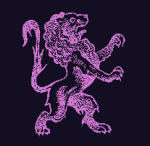
1.1. Predators
These animals actively hunt people, maybe not as their primary target, but often enough to make them a threat. This is a category that is more common in myth and fantasy stories than in real life.
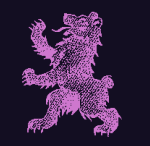
1.2. Dangers
These animals do not actively hunt people, unless they are starving. But they are dangerous if disturbed or provoked. The main rule of dealing with these is “you leave them alone, they leave you alone.”
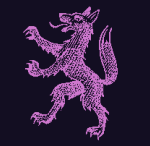
1.3. Saboteurs
These animals do not attack people directly, but they do wreck havoc on crops or livestock, anything people depend on to survive. These do not have to be predators, as any gardener with a deer problem can attest to.

1.4. Pests
These animals aren't actively a problem in any way, but they are an inconvenience. They live among people without their consent and while a singular individual is mostly harmless, they need to be kept in check, lest they become too numerous.
2. Beneficial
The second group consist of animals who live in the wild and can be put to use in some way, often but not necessarily as food.
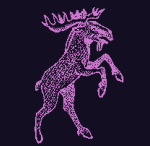
2.1. Prey
These animals can be hunted as a protein supplement. They are usually herbivores and may be cute.
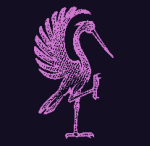
2.2. Signifiers
These animals aren't important in and of themselves, but they are helpful to people trying to navigate the wilderness. Maybe their behavior marks seasons, maybe they make paths to the nearest watering hole. Maybe they just prove a specific area is relatively safe by their calls. Whatever the reason, a savvy survivalist knows to look out for them.
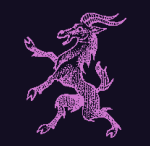
2.3. Collectables
These animals aren't important for survival, but they are pretty and more leisurely individuals might take up collecting them, or a byproduct of them (pearls for example.)
3. Domestic
The third category consist of animals who have been domesticated and actively live among people. Their history is intimately entwined with the people they are associated with to the point where they are basically inseparable.
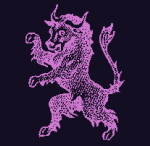
3.1. Livestock
These animals are bred for its utility, as a source of meat or to harvest a byproduct from them (milk for example).
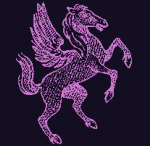
3.2. Transport
These animals can navigate distances and carry burdens people can't handle on their own. They may be ridden or used to drive a cart.
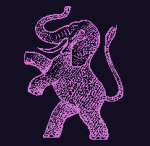
3.3. Companions
These animals are friendly and are bred as pets. They may be used to hunt or to herd animals, or simply as a “man's best friend.”
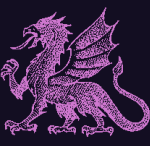
3.4. Decoration
TThese animals aren't much in terms of companion, but they are kept around as living decorations, be it in an aquarium, free-roaming or a cage. They can often be bred for variety, including different colors or body types.
4. Mythical
TThe fourth category consist of animals that jog peoples imagination in some way. They may not actively interact with these animals, but they nevertheless shape how people see the world.
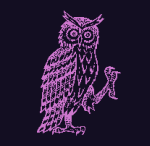
4.1. Bad omens
TThese animals are feared and shunned, possibly for good reason. They may prefer the dark, or feast on the dead, or just be shrouded with a sinister reputation. They may be seen as a sign of bad luck, or be associated with dark magic or other taboos.
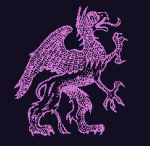
4.2. Good omens
TThese animals are celebrated and welcome, possibly seen as nature spirits or guardians. They may be associated with good luck or with benevolent deities.
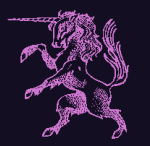
4.3. Symbolism
These animals figure in stories and metaphors, arts and craft. They may be assigned a specific meaning, be associated with a certain attribute, or just be a common motif. Sometimes the symbols they helped inspire are so stylized you can't see the connection right away.
Ideally, there should be a balance of animals for each of these categories. Note that an animal might fall into more than one category.